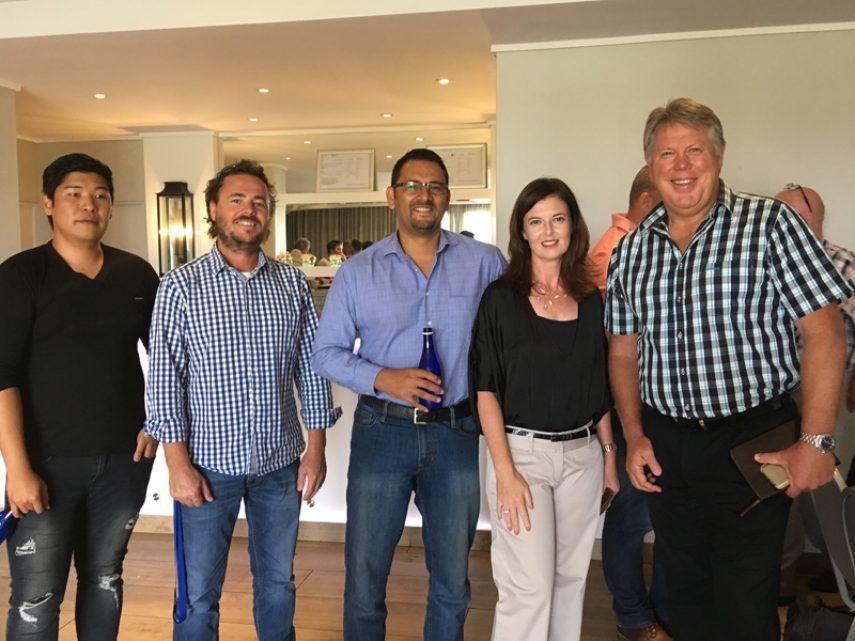THE Polystyrene Association of South Africa took what it believes is an important step forward towards mapping out the future collection, recycling and selling of polystyrene packaging by hosting a Value Chain Meeting in Cape Town recently.
Attending the inaugural meeting were some of the country’s biggest retailers, representatives of the Department of Environmental Affairs (DEA), local municipalities, manufacturers of polystyrene packaging products, waste management companies, collectors and recyclers.
Plastics SA’s Executive Director, Anton Hanekom, facilitated the round table discussions that focused on finding solutions for the challenges currently being experienced with the collection and recycling of polystyrene and trying to find win-win solutions that would benefit the entire industry.
“The aim of the meeting is to raise and talk about the issues that are important to all of us and to create a platform for dialogue,” Hanekom said as he opened the day’s discussions. “Today’s deliberations are very important for the plastics industry as a whole, because it is the first time that we get all these role players representing the entire value chain around the same table. The solutions we develop coming out of this get-together today, has the potential to produce positive ripple effects that are far reaching.”
Hanekom reported that 47 % of plastics packaging that was collected for recycling in 2016, which equates to 309 520 tons, was manually recycled and successfully diverted from our country’s landfills. Of this, 5 449 tons were polystyrene that was recycled into new products such as seedling trays, retail coat hangers, cutlery, furniture components and picture frames.
Adri Spangenberg, Director of the Polystyrene Association, confirmed that the polystyrene food packaging industry equates to 25 000 tons produced in South Africa. “South Africa currently has 27 recyclers on record converting recyclable high impact and expanded polystyrene into raw materials or cement blends. Only five recyclers are responsible for 70% of the tonnages,” she said.
Don MacFarlane, Packaging Manager of Woolworths, representing one of the voices of the country’s retailers, stressed that packaging must be a mirror that reflects the lifestyle and ideas of our generation. He called for consistent, accurate communication to the public and the members of the value chain regarding which material is currently recycled in South Africa.
“It is clear some confusion exists in the market and the industry regarding the green credentials and recyclability of plastics. There is also a difference between which materials are recyclable and which are currently being recycled,” MacFarlane noted. “I have no doubt that plastic is the packaging medium that will take us into the future. However, how we manage this packaging material is important. As retailers, we are driven by the voice of our customers. Collaboration between key role-players is critical to change this classification and to avoid polystyrene from being eliminated,” he said.
The round-table discussions made it clear that there was a great demand for post-consumer polystyrene by recyclers who need in excess of 500 tons per month to sustain their operations. However, a bottle neck exists between the waste management companies and collectors of the material and the recyclers.
“Logistical and capacity issues lie at the centre of the problem. However, the players have all showed a commitment to work together to find a workable solution,” Spangenberg said. “From our side, the Polystyrene Association has begun talks and tabled plans to subsidizing logistics with facilities both in the Western Cape and Gauteng, where our biggest markets are at the moment. We are also working on securing alternative funding and finalising our submissions for the Industry Waste Management Plan.
“There is a huge demand for polystyrene to be recycled in South Africa thanks to the various end-markets that we have developed. Coming out of the first value chain meeting, was the formation of a smaller task team consisting of ten role players who have volunteered their time to take the discussions further. We are excited to report back in due course on possible solutions and what the next steps will be to solve the stumbling blocks that we had identified.”

